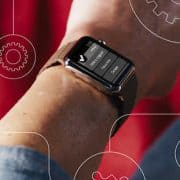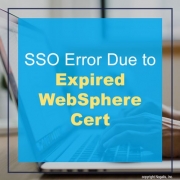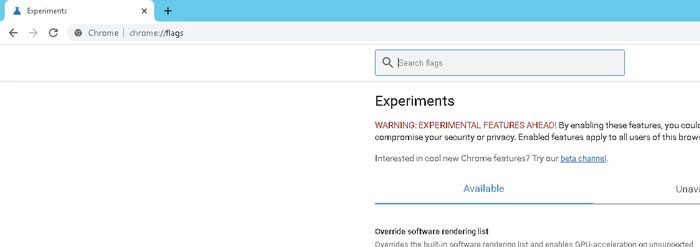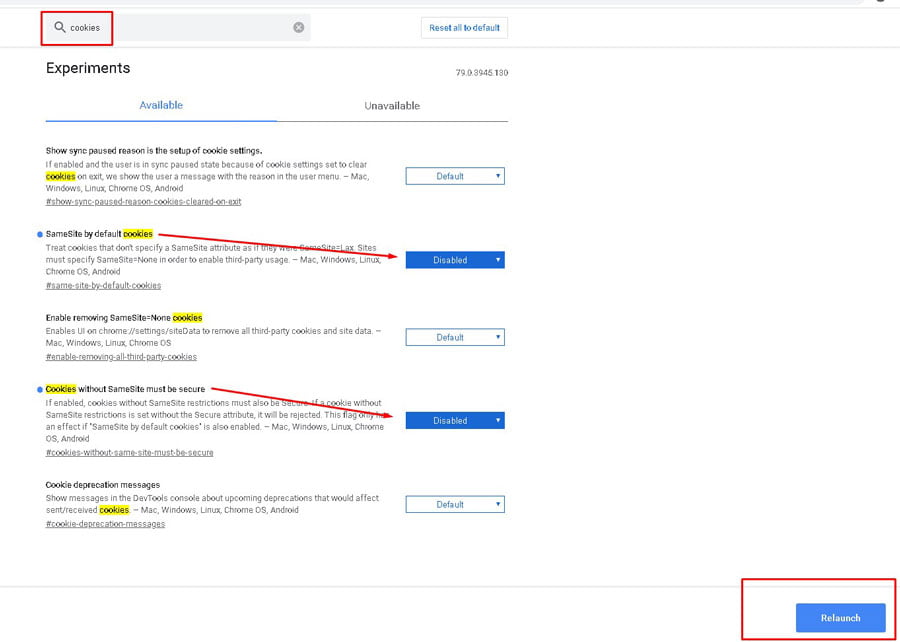The best sales processes start long before your first meeting with a potential client. How successful of a relationship you will have with customers depends on how prepared you are in your sales process. Andrew Thomas, founder of Skybell Video Doorbell, shares an article on INC of several technology tools that you can use to boost and strengthen your sales process. With the many available resources out there, technology is the most useful. It’s vital role in successful strategies is what separate good sales processes with mediocre ones, growing companies from dying ones. They are:
- Manage relationships with a CRM
- Save time with smarter email outreach
- Use online apps to build your community
- Stay up to date with Google Alerts
- Always be learning with audiobooks
In Thomas’ experience, by adding tools and using the available resources out there, you can have a successful sales process for your business.














